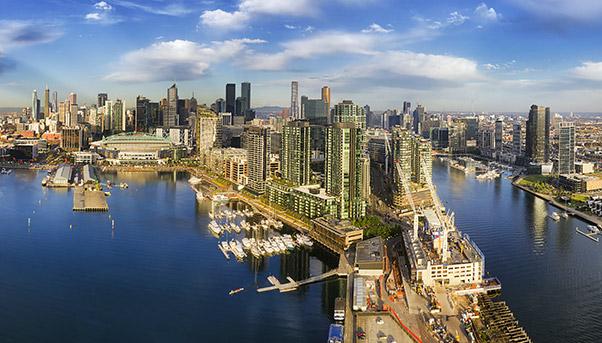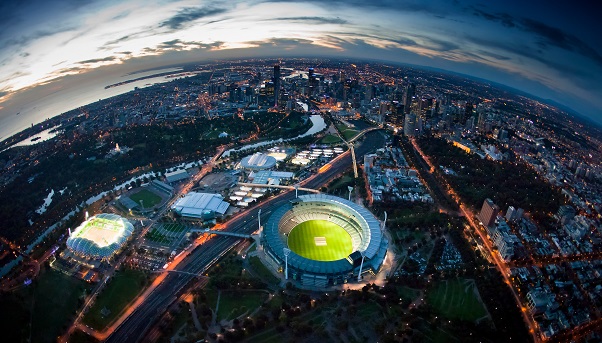
The premier of Victoria, the second most populous state in Australia, wants to expand public transport services in Melbourne with a suburban rail line in what he describes would be one of the biggest undertakings of its kind in the world.
Daniel Andrews, who is running for another term in office in the November 24 election, says the line, dubbed the Suburban Rail Loop, would allow commuters to go from suburb to suburb without having to pass through the city centre. Not only would it make it faster for them to get to where they wanted to go, but it would also relieve the strain that the city’s growing number of commuters is putting on its public transport network.
Melbourne, which along with Sydney is a hub for financial, healthcare and other services, just saw its population pass the five-million mark, according to local news reports. And The Sydney Morning Herald says the southeastern city shows no sign of slowing down, citing a forecast that it will add another million by 2025.
The Suburban Rail Loop would be the latest effort by the government to improve infrastructure, especially in transport. Other efforts include an airport rail link for the city and a AUD$1.75 billion Regional Rail Revival plan to upgrade regional passenger lines across the state.
Other cities and states in Australia are also having to deal with the challenges posed by the country’s buoyant economy and strong immigration. Their response has been the same as that of Victoria, announcing plans to invest billions of Australian dollars to expand and improve public transportation and other important infrastructure.
The Suburban Rail Loop, details of which are found on the premier’s Facebook page, would connect Melbourne’s western and eastern suburbs via the airport. It would also link up all of its major train lines.
A press release from the state ministry of public works says it would have 12 stations and be able to carry 400,000 passengers a day.
Andrews estimates the Loop could help take 200,000 cars off the roads.

As for the cost, The Age newspaper and other news outlets say the Loop, which would run above and below ground for 90 kilometres, would likely be AUD$50 billion. The ministry estimates its construction would create 20,000 jobs.
«It is the project (a) growing Victoria needs», says Andrews in a video posted on Facebook on August 28, the day the plan was announced.
«More and more people need to get to and from those suburbs, and they shouldn’t have to travel in and out of the CBD (Central Business District) to get there», reads a series of infographics about the project also posted on Facebook. «Some of the biggest job clusters are outside of the CBD», it exclaims, giving hospitals and universities as examples.
The state government would invest an initial AUD$300 million for a full business case, as well as planning and pre-construction works. «Exact station locations, route alignment, rolling stock, and staging will be confirmed through the full business case and technical work, including extensive consultation and environmental assessments», reads the ministry’s press release. «A project of this massive scale – amongst the largest in the world – will be built over multiple decades, with the first sections expected to take around a decade of construction».
The ministry says it would seek help from private investors - among other sources of financing - to fund the project. «Business case development, detailed design and community consultation will commence in 2019, with work on the first stage expected to begin by the end of 2022».
Equally ambitious plans have been announced in recent months by other states.
In Queensland, for example, the government is committing AUD$45.8 billion to infrastructure investment for the next four years. Among its biggest projects is Brisbane’s Cross River Rail, a AUD$5.4-billion rail line that will run through the state capital to help relieve congestion along the rail network.
New South Wales is dedicating a record AUD$87 billion to infrastructure for the same period of time. One major project is a AUD$3 billion light rail line called Sydney Metro West. It is the third and final part of Sydney Metro, the country’s biggest public transport project that will connect the city centre with the suburbs.

